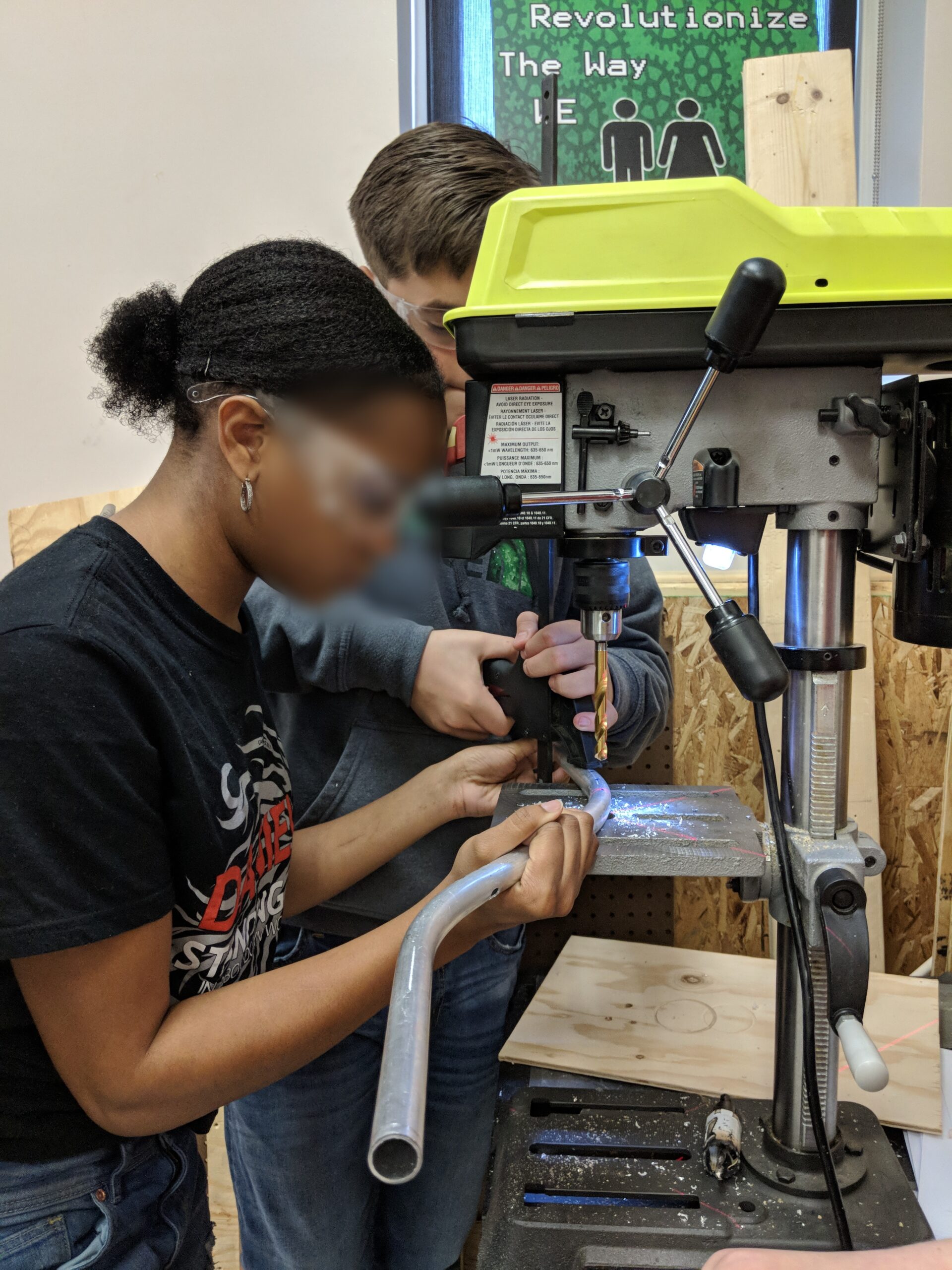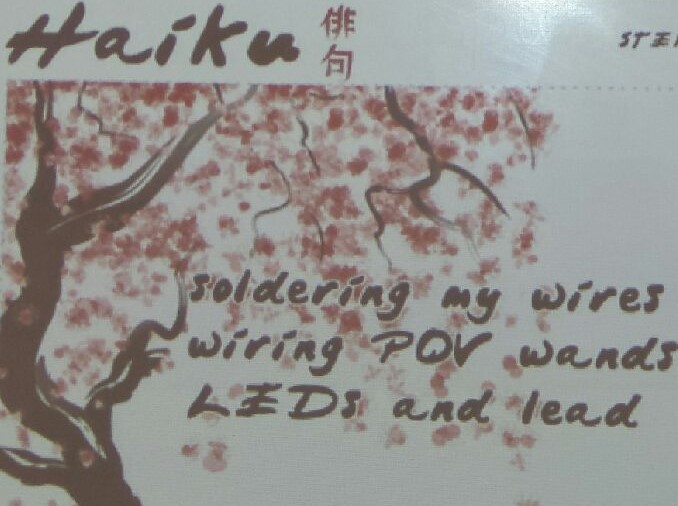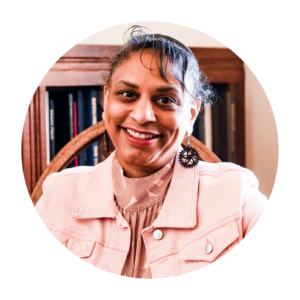Anita Crowder, PhD, Senior Director of Impact Research
Kathleen Whittle, Cofounder Teachineers
“The only way to learn mathematics is to do mathematics.” – Paul R. Halmos

STEAM (science, technology, engineering, art, and mathematics) education is known as an effective way to support student engagement and prepare students for the challenges of the future. When given opportunities to investigate, create, and experiment, students can strengthen their problem-solving skills in a cross-disciplinary context. Often, the S, T, E, and A seem to be the letters with which most educators are comfortable. It can be easy to imagine hands-on activities for science, technology, engineering, and art, but math may seem more elusive. While that is understandable, it is important to note that the M in STEAM is not just about equations and formulas. It also represents the ability to think logically, analyze patterns, and solve problems creatively. We believe mathematics is the language of science, technology, engineering, and the arts and should not be minimized or ignored.
Like STEAM education, the IM Certified® curriculum is designed to place mathematics in context via problem-posing, where imagination and creativity play a central role for students as they explore potential pathways to solutions. As former mathematics and engineering educators at a specialty STEAM high school, we often had opportunities to create cross-disciplinary experiences for students. For example, freshmen taking Introduction to Engineering were tasked with researching, designing, presenting, budgeting, planning, and ultimately constructing their own original musical instruments. Students had to use mathematics and physics to explain how materials, sizes, and shapes would impact the way their instruments would sound.



In Senior Design, senior technology students had hands-on experience with engineering project management while organizing the school’s annual tech expo. In order to support the development of those management skills, we worked with senior theater majors to role-play potential management scenarios.

We believed we were quite skilled when it came to STEAM education. However, after holding a free summer camp for local middle school students, we realized we may have been overconfident and came to understand the true challenge of making mathematics visible in creative activities. Each day of the week-long camp focused on a different subject, culminating with mathematics as a stand-alone subject on the final day. Despite having the students create Möbius strips and demonstrating how graphs could be used to model velocity as students walked across the room, we were surprised when we saw that math was students’ least favorite topic of the week.


To us, mathematics is about application. Therefore, its inherent importance should be understood. However, we recognized that what seemed obvious and true to us was not apparent to middle school students. Although mathematics was an integral part of every activity on every day of the camp, we did not explicitly tell students that they were doing mathematics. That oversight meant that we missed opportunities to surface mathematics within activities they found meaningful and elevate the deep mathematical knowledge that they brought to camp.
For example, students already understood the logic and pattern finding that was necessary for testing synthetic blood to solve a fictional mystery, but we did not point this out during the activity.

Similarly, while painting circuits on paper, students understood why solid lines created with conductive paint worked to light up LED diodes, but broken lines did not. Students didn’t need to understand the intricacies of circuits, but it could have been important to understand that measurement of electrons as they travel a circuit is part of every powered device in students’ lives. This could have offered insight to students who may not realize the importance and omnipresence of electricity in the world around them.


Students programmed persistence-of-vision wands using binary code without explicitly learning the purpose of binary numbers in computing. Even though explanation was not necessary, we believe that acknowledging the different types of number systems used for different purposes would have helped students understand more about how mathematics works as a mode of communication in the world.

We believe that educators should not only encourage students to believe they can be mathematicians but also see the potential polymath in every student as they connect seemingly disparate subjects.
Perhaps our former IT director and luthier who tested one of the students’ instruments is a polymath as well!
Conclusion
Students know, use, and enjoy mathematics more than they think they do. Educators should be more explicit in pointing out the different types of mathematics that students are using all the time.
This belief is why IM’s instructional model is crucial to supporting the development of positive mathematics identities for both students and teachers. By elevating student thinking and exploration instead of simply getting the right answer to drive instruction, mathematics can be real and accessible for all students. IM encourages students to grapple with challenging problems, to discuss their thought processes with peers, and to arrive at solutions collaboratively. Like STEAM, this approach makes math a dynamic, interactive subject where what is learned along the journey is ultimately more important than the destination.
Next Steps
Mathematics is a part of every content area, particularly the creative arts, even if it may not be obvious at first glance. Ezra Pound (1968) stated, “Poetry is a sort of inspired mathematics, which gives us equations, not for abstract figures, triangles, spheres and the like, but equations for the human emotions.”
When educators focus on mathematics as a language to describe relationships, cross-curricular connections can be found, raised, and discovered by students in the midst of any STEAM activity. IM’s problem-based approach offers the opportunity to incorporate the S, T, E, and A into mathematics, making the M relevant and meaningful for every student.
Pound, E. (1968). The Spirit of Romance. 1910. New York: New Directions, 14.
Terjesen, S., & Politis, D. (2015). From the editors: In praise of multidisciplinary scholarship and the polymath. Academy of Management Learning & Education, 14(2), 151-157.
 Anita Crowder, PhD
Anita Crowder, PhD
Senior Director of Impact Research
Anita Crowder, PhD, is currently the senior director of impact research at Illustrative Mathematics. Dr. Crowder has a BS in systems and control engineering, an MA in secondary mathematics education, and a doctorate in educational psychology with a focus on broadening participation in STEM of youth from minority and marginalized communities. She plays the piano and saxophone and enjoys writing and art.

Kathleen Whittle
Cofounder Teachineers
Kathleen Whittle is a former engineer and retired secondary school teacher. Ms. Whittle received a BS in mechanical engineering from the University of Virginia. She worked as an engineer in industry for 20 years and then switched to education, teaching math, physics, and engineering. She is a musician and an avid cyclist and hiker.
